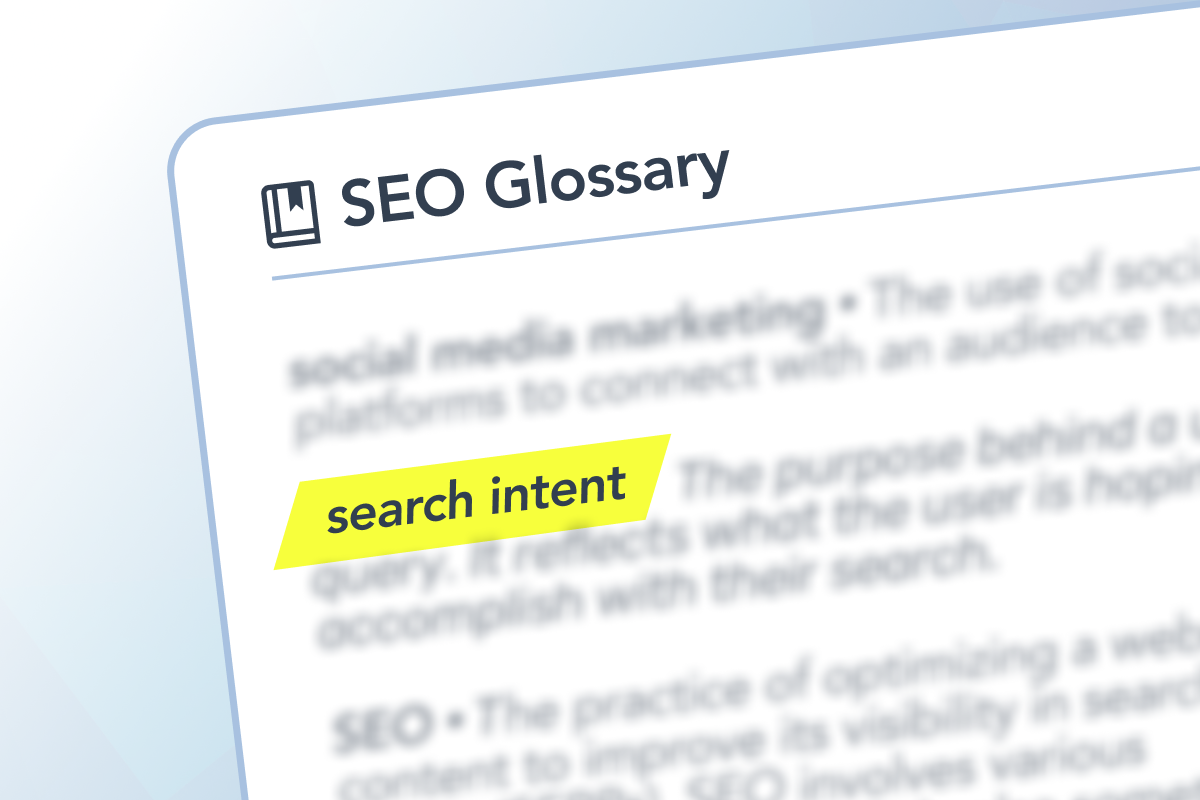Imagine you’re searching online for “best Italian restaurants near me” or “how to fix a leaky faucet.” The results you get are tailored to your needs, whether it’s finding a place to eat or a DIY solution. This is the power of search intent in action, guiding search engines to deliver the most relevant content based on what you’re looking to achieve.
What is search intent?
Search intent, also known as user intent, is the purpose behind a user’s search query. It reflects what the user is hoping to find or accomplish with their search. Understanding and optimizing for search intent is crucial for delivering relevant content and improving SEO performance.
Why is search intent important for SEO?
Search intent plays a significant role in SEO for several reasons:
- Enhanced relevance: By aligning your content with user intent, you increase the relevance of your pages, which search engines reward with higher rankings.
- Improved user experience: Delivering content that matches what users are looking for enhances their experience, leading to lower bounce rates and higher engagement.
- Better conversion rates: When your content aligns with the user’s needs, it is more likely to convert visitors into customers or subscribers.
Types of search intent
- Informational: Users are looking for information or answers to questions (e.g., “how to bake bread”).
- Navigational: Users want to find a specific website or page (e.g., “Facebook login”).
- Transactional: Users are ready to make a purchase or complete a specific action (e.g., “buy running shoes online”).
- Commercial investigation: Users are researching products or services before making a decision (e.g., “best smartphones 2024”).
Optimizing for search intent
To optimize your content for search intent, follow these best practices:
- Understand your audience: Conduct comprehensive keyword research to identify what your target audience is searching for and to understand the intent behind their queries.
- Create relevant content: Develop content that addresses the specific needs and questions of your audience.
- Use clear and descriptive titles: Ensure your titles and meta descriptions accurately reflect the content and its purpose.
- Structure content for clarity: Use headings, bullet points, and concise paragraphs to make your content easy to read and navigate.
By optimizing for search intent, your website not only ranks better but also meets the expectations of your users, driving both engagement and conversions. Think of search intent as a compass that guides your content strategy, ensuring you deliver exactly what users are looking for.


